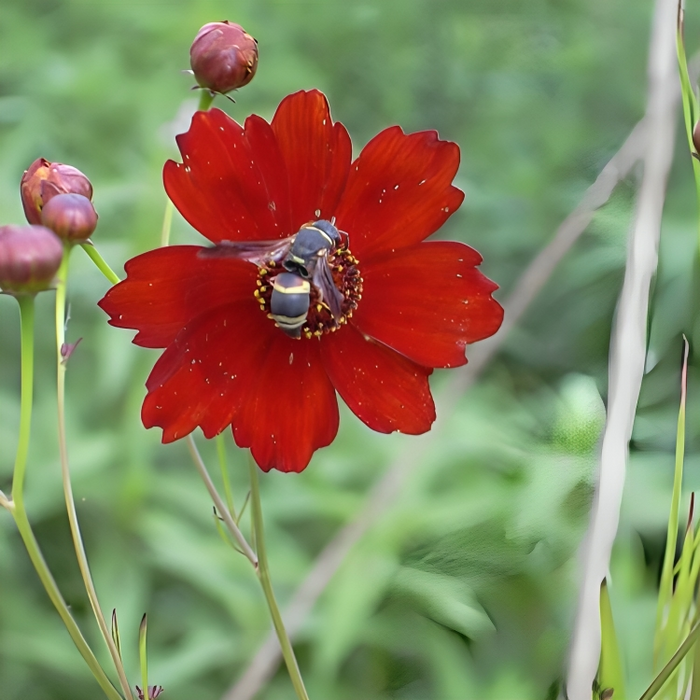
Dwarf Plains Coreopsis Flower Seeds
Save 50%
Original price
$10.00
Original price
$10.00
-
Original price
$10.00
Original price
$10.00
Current price
$4.99
$4.99
-
$4.99
Current price
$4.99
Unleash the charm of Dwarf Plains Coreopsis Flower Seeds in your garden, and let the radiant red blooms with yellow centers elevate your outdoor space into a symphony of colors and textures. These enchanting flowers boast a captivating color palette, showcasing striking red petals with sunny yellow centers that effortlessly capture the essence of summer.
Specifications:
- Color: Red
- Plant Seeds: Outdoors after frost / Indoors weeks before the last frost
- Plant Height: 12 - 18"
- Plant Spacing: 12 - 15"
- Bloom Time: Summer - Fall
- Hardiness Zone: N/A (but reseeds itself easily, so it acts like a perennial in all zones)
- Light Requirements: Sun - Part Shade
- Soil & Water Preferences: Any Moist - Dry
- Quantity: 500 Seeds
Package Includes:
- Seeds, Ziplock Poly bag labeled with color photo, Plant Stats, Planting Instructions



